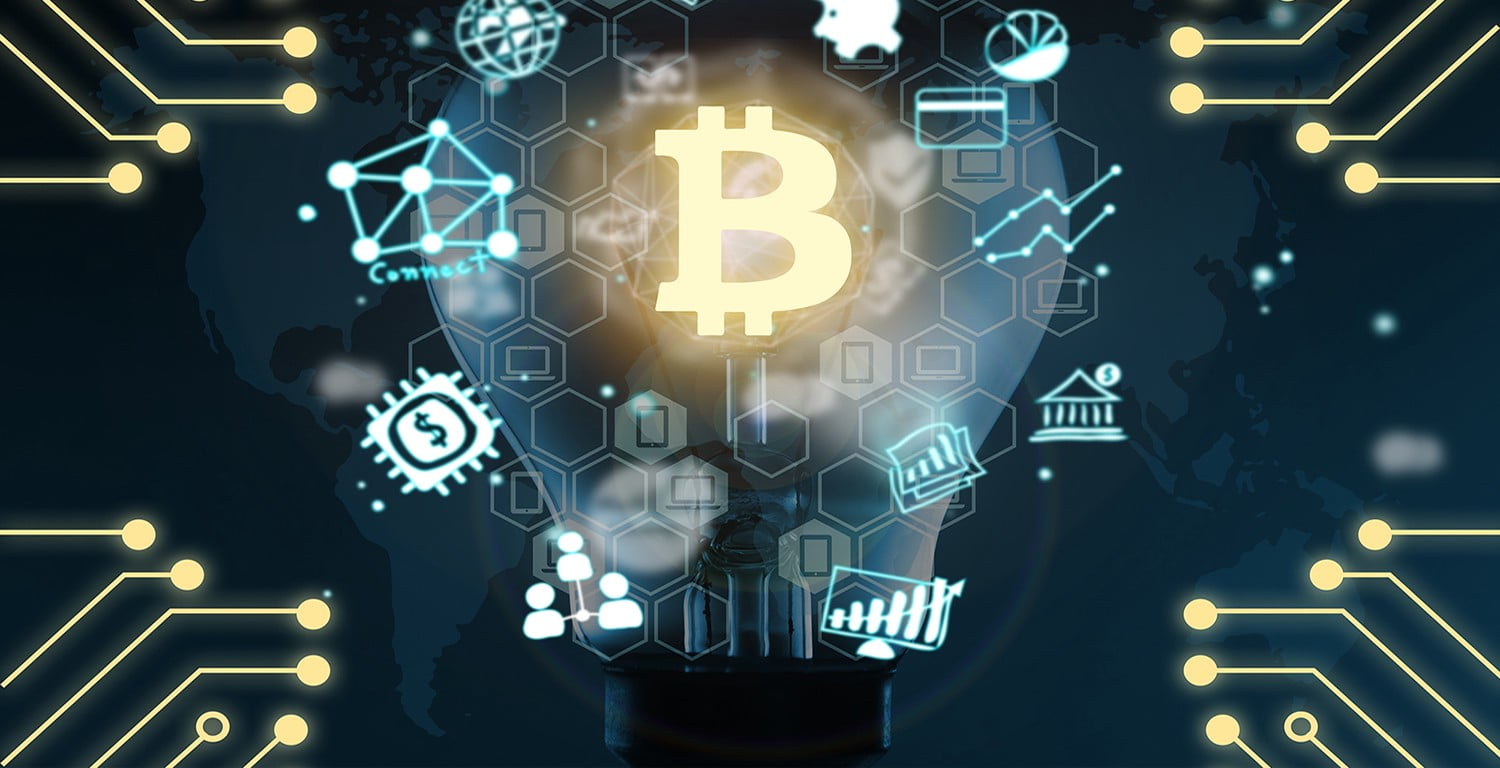There are abounding misconceptions about what exactly blockchain technology is, and to a lesser extent, what AI technology does. Many experts are already predicting that the two technologies combined could prove formidable, efficient, and ultimately beneficial, and here’s why.
The technologies themselves are in the early stages of exploration, and the overlap between the two at the moment is mostly theoretical, which is precisely why combining the abilities of both allows each to be further strengthened.
We have blockchain tech’s promise of near-frictionless value exchange and artificial intelligence’s ability to accelerate the analysis of massive amounts of data. The joining of the two could mark the beginning of an entirely new paradigm.
TowardsDataScience.com
In short, there are many potential ways to use a blockchain depending on who can access and verify the information stored on it, meaning there are varying levels of security and transparency. Ultimately, a blockchain is a way of recording data, transactions, and information that is immutable and mostly decentralized. AI or machine learning, on the other hand, operates on a centralized, closed system, constantly streamlining its algorithms to better accomplish its task.
As new technologies, both are currently lacking in public trust, a major issue that is slowing innovation but can easily be remedied by combining the two.
Decisions made by AI algorithms are increasingly being utilized, but they must still be audited by humans to ensure the accuracy of those decisions and to verify the efficiency of ongoing machine learning. This is an incredibly tedious task, as enormous amounts of data are fed into AI algorithms to determine the decisions they make. Sifting through each decision point becomes complex, to say the least.
By recording each of these points on the blockchain, the auditing process becomes greatly simplified, making it both more secure (given blockchain’s immutability) and easier to assess. This insight and transparent view into the decision-making process of AI technology is a necessary step in validating AI’s usefulness and earning the trust of the general public.

Likewise, there is much AI tech can do to establish trust in blockchain tech. Being encrypted and secure, it makes sense to store highly sensitive information – medical records, for example – on the blockchain. Data security is always a primary concern for such industries, but reducing exposure to unencrypted data hasn’t been possible until now. New AI tech has the ability to process and operate with encrypted data, meaning information can be safely stored on the blockchain, yet still accessed by AI decision-making processes as necessary.
Just as blockchain technology is being aligned with the Internet of Things (IoT), it is also increasingly being mentioned by those involved in advancing artificial intelligence (AI). Indeed, some – including legacy institutions like IBM and SAP – see a future involving the convergence of all of these technologies.
Nasdaq
Examples of this mutually beneficial marriage of technology include safely storing medical records and checking them against current best practices to make the most accurate diagnoses and treatment plans possible. Another more specific use case includes Walmart’s transactional data, which can be kept safe while using AI to determine what needs to be stocked and where with high efficiency, maximum security, and reduced costs.
Even the way we receive suggestions for what we might enjoy watching on Netflix is determined with machine suggestions, and our preferences and viewing history can be kept safe on the blockchain. There’s simply too much information that needs to be processed, a task made easier with artificial intelligence algorithms, and vast amounts of personal data that needs improved methods of securing.
Combining the abilities of blockchain and AI technologies allows companies to maximize the benefits and strengths of both, establishing public trust in these two different technologies, trust in innovation, and trust in the companies that utilize their potentials.
The possibilities are endless, and this is a topic that we will be revisiting in the future as technology and adoption continues.

